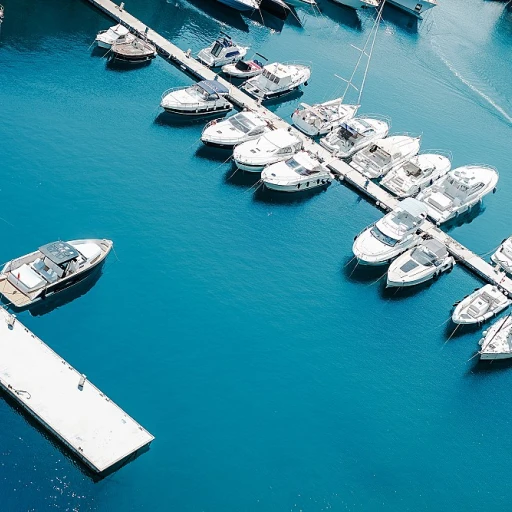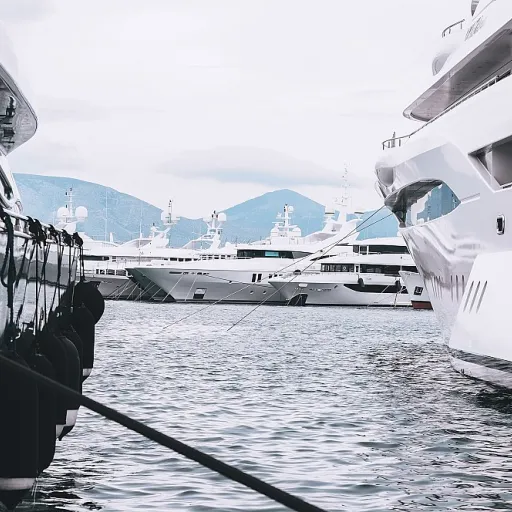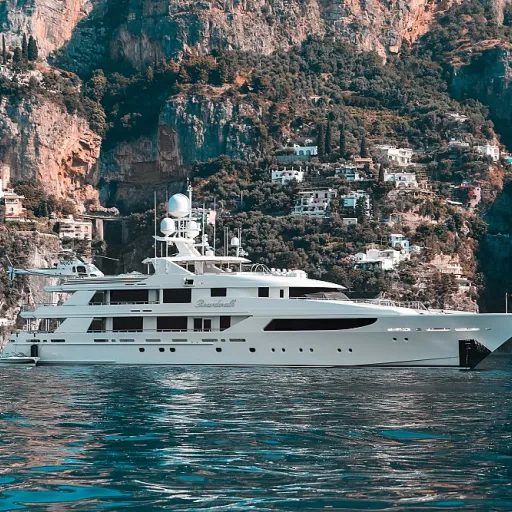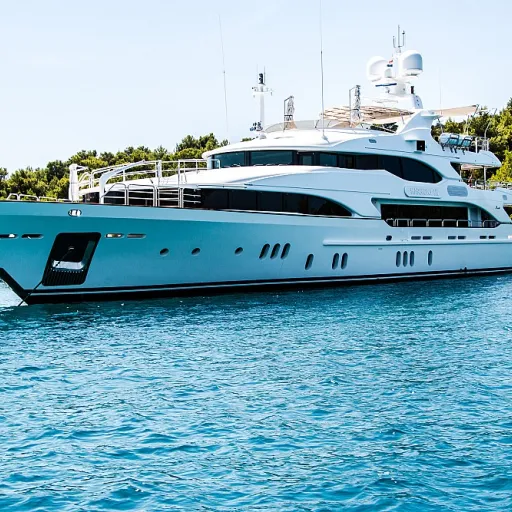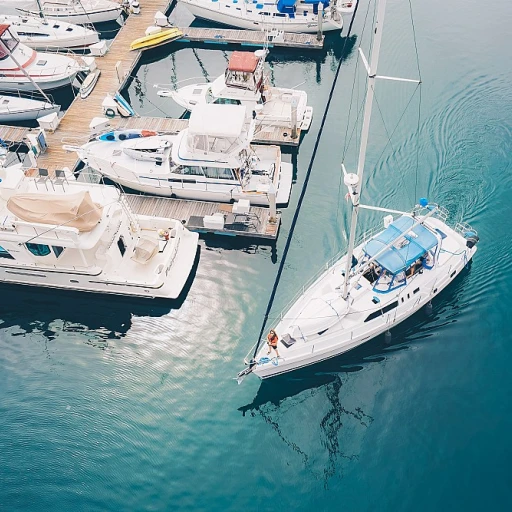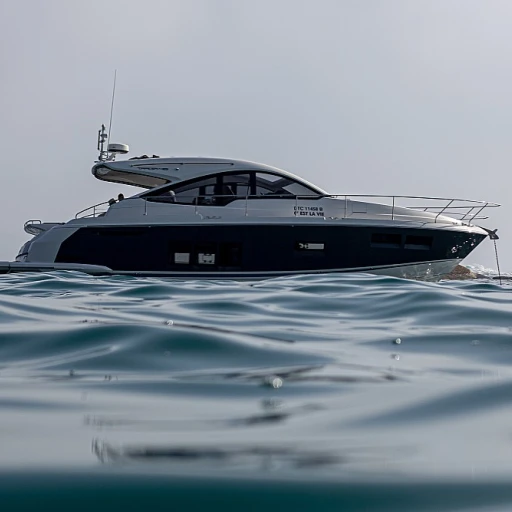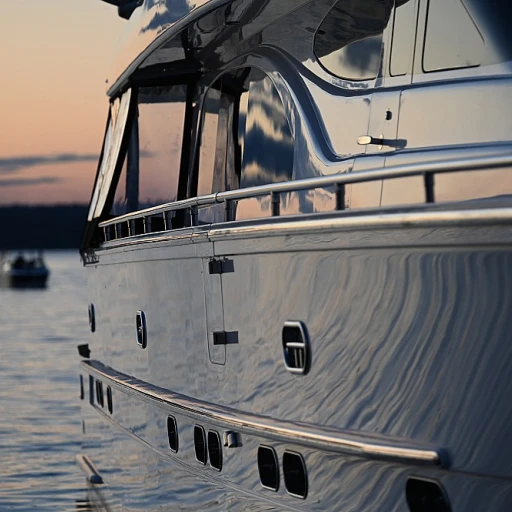
Understanding the Pearson Flyer’s design philosophy
Design Roots That Set the Pearson Flyer Apart
The Pearson Flyer stands out in the world of performance cruisers, blending racing spirit with practical features that appeal to both seasoned sailors and those new to the water. When you step aboard, it’s clear this boat was crafted with a focus on versatility and efficiency. The hull and deck are balsa cored, a construction method that keeps the boat light and responsive, especially in light air. This approach, popularized years ago, offers a good balance between strength and weight, making the Pearson Flyer a good boat for both club racing and relaxed cruising.
Unlike some boats that feel strictly like work boats, the Flyer’s design philosophy is about more than just speed. The cored hull and balsa core deck contribute to a comfortable ride, while the long waterline and efficient sail plan help the boat sail great even when the wind drops. Over the years, this combination has made the Flyer a favorite among those who want a boat better suited for both competition and leisure.
- Lightweight balsa cored construction for better performance
- Good phrf ratings, making it competitive in club fleets
- Trailer-friendly size for easy transport and storage
- BMW diesel power option for reliable motoring
Many enthusiasts share posts and post pictures of their Flyers, highlighting upgrades and modifications made over the years. The Flyer’s design allows owners to log register their own improvements, from updating the deck hardware to refining the sail inventory. This adaptability is a big part of why the boat has remained relevant for so long.
For those considering their next step in the world of performance cruisers, evaluating the right yacht for your needs is essential. The Pearson Flyer’s thoughtful design and proven track record make it a compelling choice for anyone looking to balance performance, comfort, and long-term value on the water.
Performance comparison: Pearson Flyer versus J24
How the Flyer Stacks Up on the Water
When comparing the Pearson Flyer to the J24, many sailors notice the Flyer feels like a larger, more forgiving version of the classic J24. Both boats are known for their good performance, but the Flyer brings some unique qualities to the table that make it stand out for those who want a boat that sails great and offers a bit more comfort. The Flyer’s balsa cored hull and deck construction keep it light, which is a big advantage in light air conditions. This design choice, shared by many performance boats from years ago, helps the Flyer accelerate quickly and maintain speed, especially when the wind drops. The J24 is also known for being responsive, but the Flyer’s longer waterline and slightly wider beam give it a bit more power and stability, making it a good boat for sailors who want to push hard without feeling on edge.- Both boats offer good PHRF ratings, but the Flyer’s design can give it an edge in mixed fleets.
- The Flyer’s balsa core construction does require attention over the years, especially in the deck and hull deck joint, but it keeps the boat light and responsive.
- Owners often share posts and log register entries about how the Flyer handles well in a range of conditions, from club racing to weekend cruising.
Onboard comfort and amenities
Space and Practicality for Real-World Sailing
Stepping aboard the Pearson Flyer, many sailors are surprised by how much room and comfort this boat offers for its size. While the Flyer shares the nimble feel of a J24 on the water, its interior and deck layout make it a good boat for those who want more than just racing performance. The Flyer’s cored hull and balsa cored deck construction help keep the boat light, which not only improves light air sailing but also allows for a more spacious cabin without adding unnecessary weight. Over the years, this approach has proven itself, with many Flyers still in good shape decades after launch.
Compared to other boats in its class, the Flyer’s amenities stand out. The cabin is practical, offering enough space for weekend cruising, with a functional galley and berths that make overnight stays comfortable. The hull deck joint is robust, and the balsa core provides insulation, making the interior less prone to temperature swings. Owners often mention that the Flyer feels like a boat better suited for longer trips than its size would suggest.
- Good phrf ratings mean you can enjoy both racing and cruising without compromise
- The bmw diesel engine option, though rare, adds reliable power for docking and motoring
- Trailer-friendly dimensions make it easy to move the boat to different waters, expanding your sailing horizons
For those who appreciate thoughtful details, the Flyer’s cockpit is designed for comfort during long sails. The ergonomics are well considered, with plenty of room for crew to work without feeling cramped. If you’re looking to enhance your experience further, consider innovative boat leaning post seats to make extended time at the helm even more enjoyable.
Owners who have logged years aboard often share posts and post pictures of their upgrades, from balsa core repairs to new sails. The Flyer’s design makes it a good platform for customization, whether you’re aiming for a work boat setup or a comfortable cruiser. The boat will continue to attract enthusiasts who value a blend of performance, comfort, and the ability to trailer their yacht to new adventures.
Why yacht enthusiasts appreciate the Pearson Flyer
What Makes the Pearson Flyer Stand Out for Yacht Enthusiasts
The Pearson Flyer has built a loyal following among sailing enthusiasts who appreciate its unique blend of performance and comfort. While some boats in this size range focus solely on racing or cruising, the Flyer manages to strike a good balance, making it a boat that feels larger and more versatile than its dimensions suggest.
- Responsive Handling: The Flyer’s cored hull and balsa cored deck construction keep the boat light, which translates to quick acceleration and nimble maneuvering on the water. Many sailors find that the boat will sail great even in light air, giving it an edge over heavier work boats or older designs.
- Good PHRF Ratings: With a good phrf, the Flyer is competitive in club racing, yet forgiving enough for relaxed cruising. This dual purpose is a big reason why yacht enthusiasts often consider the Flyer a boat better suited for a variety of sailing styles.
- Trailer-Friendly Design: The Flyer’s size and weight make it manageable for a boat trailer, allowing owners to explore new waters without the logistical headaches of larger yachts. This flexibility is especially valued by those who want to log register their adventures and share posts or post pictures from different sailing destinations.
- Quality Construction: The use of balsa core in the hull deck and deck provides strength without excess weight. While cored boats from years ago sometimes face maintenance challenges, many Flyers have held up well, especially when cared for properly. The bmw diesel power option available on some models is another plus for those seeking reliability over the years.
Enthusiasts also appreciate how the Pearson Flyer shares design philosophies with other performance cruisers, yet manages to carve out its own identity. Whether you’re looking for a good boat for weekend racing, a comfortable cruiser for longer trips, or simply a boat that feels good on the water, the Flyer consistently delivers. Owners often comment that after years of sailing, the Flyer still feels fresh and engaging, making it a standout among boats from its era.
Challenges in maintaining and upgrading older yachts
Common Issues with Aging Performance Yachts
Owning a Pearson Flyer, or any boat from the same era, brings a unique set of maintenance challenges. Many of these boats were built with balsa cored decks and hulls, which offered a good balance of weight and strength for their time. However, after years on the water, moisture intrusion can become a real concern. Soft spots on the deck or hull deck joint are not uncommon, especially if the boat has seen long seasons exposed to the elements or if hardware was not properly sealed.- Balsa Core Problems: Water ingress can lead to rot in the balsa core, affecting both deck and cored hull integrity. This is a known issue for boats built decades ago, and repairs can be labor-intensive.
- Engine and Power Systems: Many Flyers were fitted with BMW diesel engines, which are reliable but may now be hard to source parts for. Upgrading to a modern power unit is a consideration for those wanting a boat better suited for today’s needs.
- Trailer and Transport: Moving a classic Pearson Flyer on a boat trailer requires careful planning. The boat will need proper support to avoid stressing the hull, especially if the cored sections have weakened over the years.
Modernizing Without Losing Character
Yacht enthusiasts often want to upgrade their Flyer for better performance or comfort, but there’s a balance to strike. Swapping out original hardware or sail systems can improve sailing in light air and boost phrf ratings, but it’s important to respect the boat’s original design philosophy. Many owners share posts and post pictures of their restoration journeys, offering advice on how to maintain the Flyer’s classic lines while making it a good boat for today’s sailing.Tips for Long-Term Enjoyment
- Regularly inspect the balsa cored areas for signs of water damage.
- Log register all upgrades and repairs, as this helps maintain value and track work done over the years.
- Join online communities where owners share Facebook updates and advice—these can be invaluable for sourcing parts or learning about common issues.
The evolving market for performance cruisers
Shifting Preferences and the Role of Classic Performance Cruisers
The market for performance cruisers like the Pearson Flyer has changed a lot over the years. While newer boats often promise more power, lighter hulls, and modern amenities, many sailing enthusiasts still appreciate the unique blend of speed and comfort found in older models. The Flyer, with its balsa cored hull and deck, offers a good balance between weight and strength, making it a good boat for both racing and relaxed cruising. Sailors who have owned their boats for years often share stories about how their Pearson Flyer handles light air conditions, or how the boat will still sail great after decades on the water. The PHRF ratings remain competitive, and the Flyer’s reputation as a good PHRF performer is well-earned. Some owners even log register their upgrades and post pictures of their work boat projects, showing how a boat years old can be made better with careful maintenance.- Classic models like the Flyer are often trailer-friendly, allowing owners to move their boat to new waters or regattas.
- The cored construction, especially with balsa core, requires attention over the long term, but many agree it’s worth the effort for the performance gains.
- Upgrades like a reliable BMW diesel or modern sail inventory can keep these boats competitive and enjoyable.


